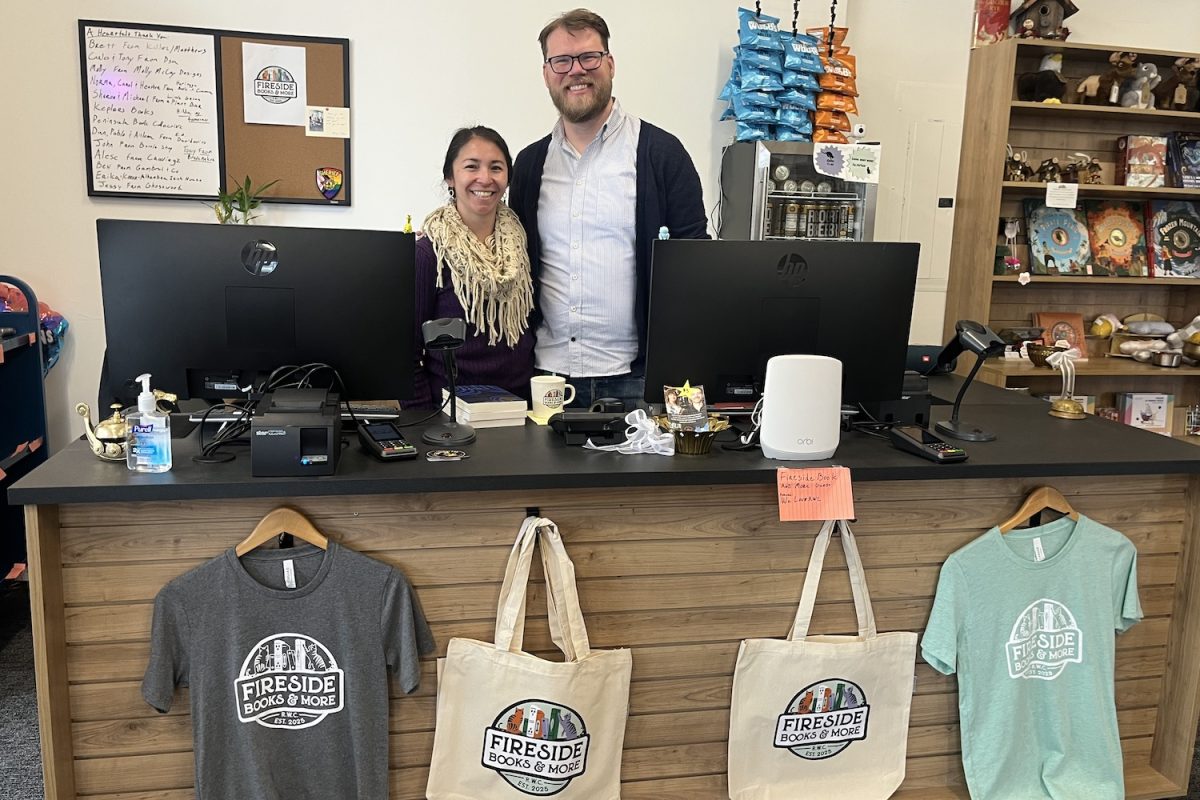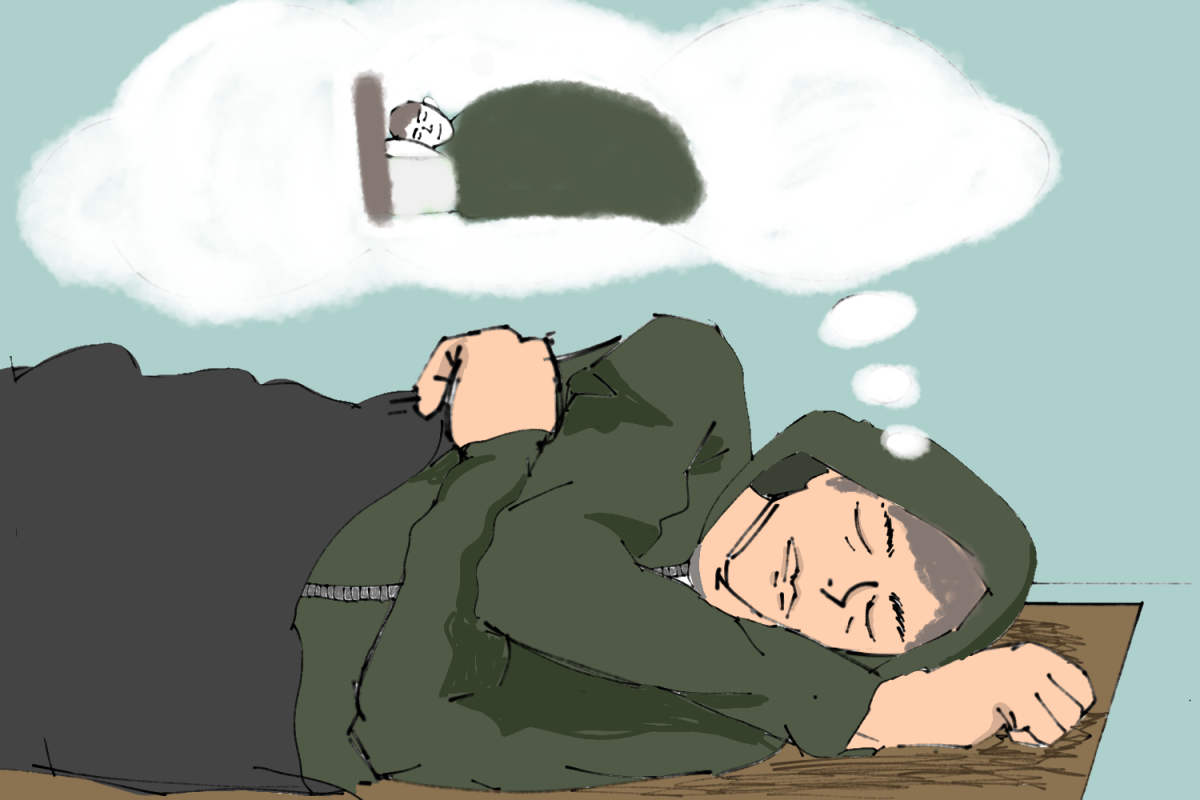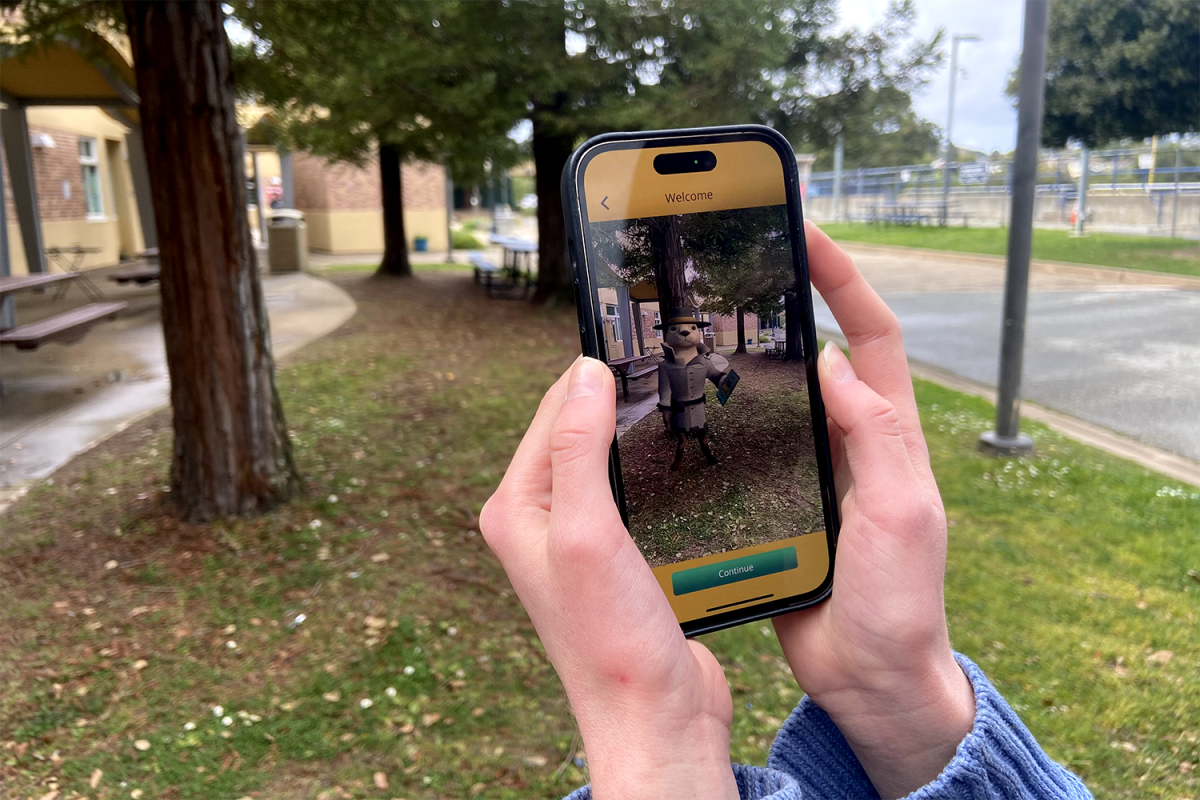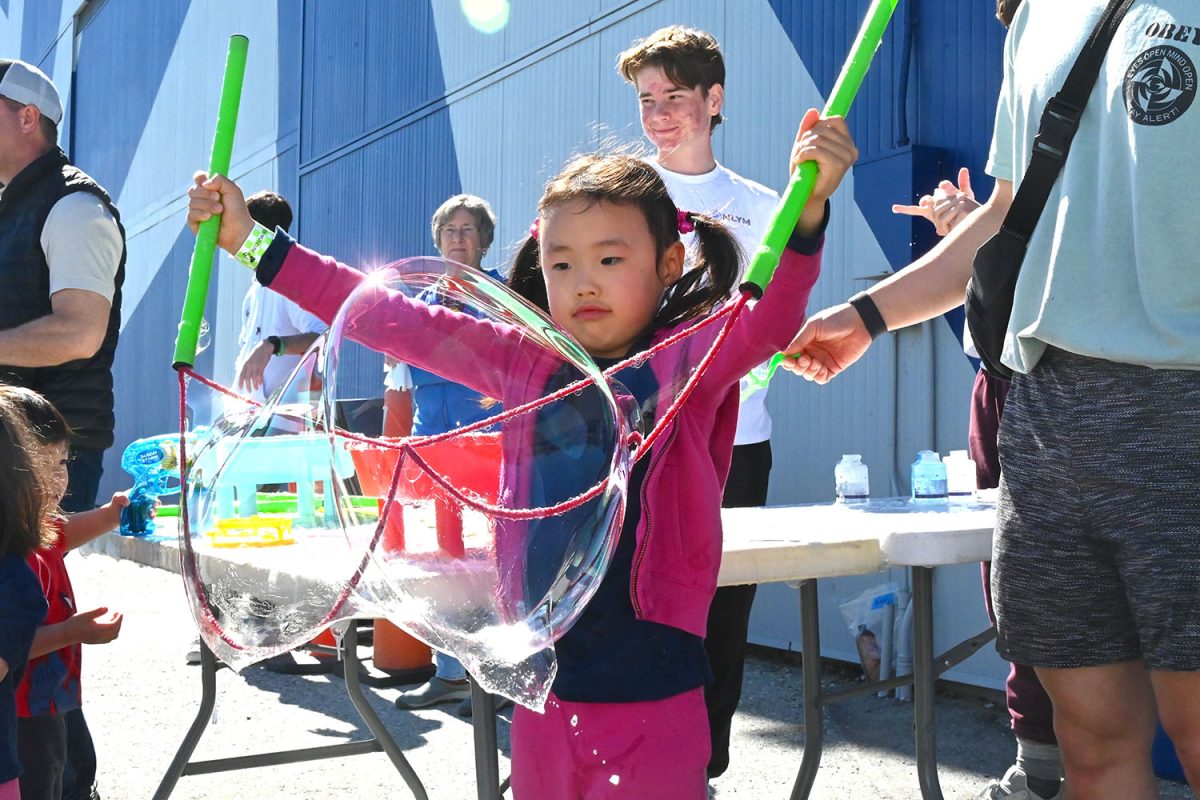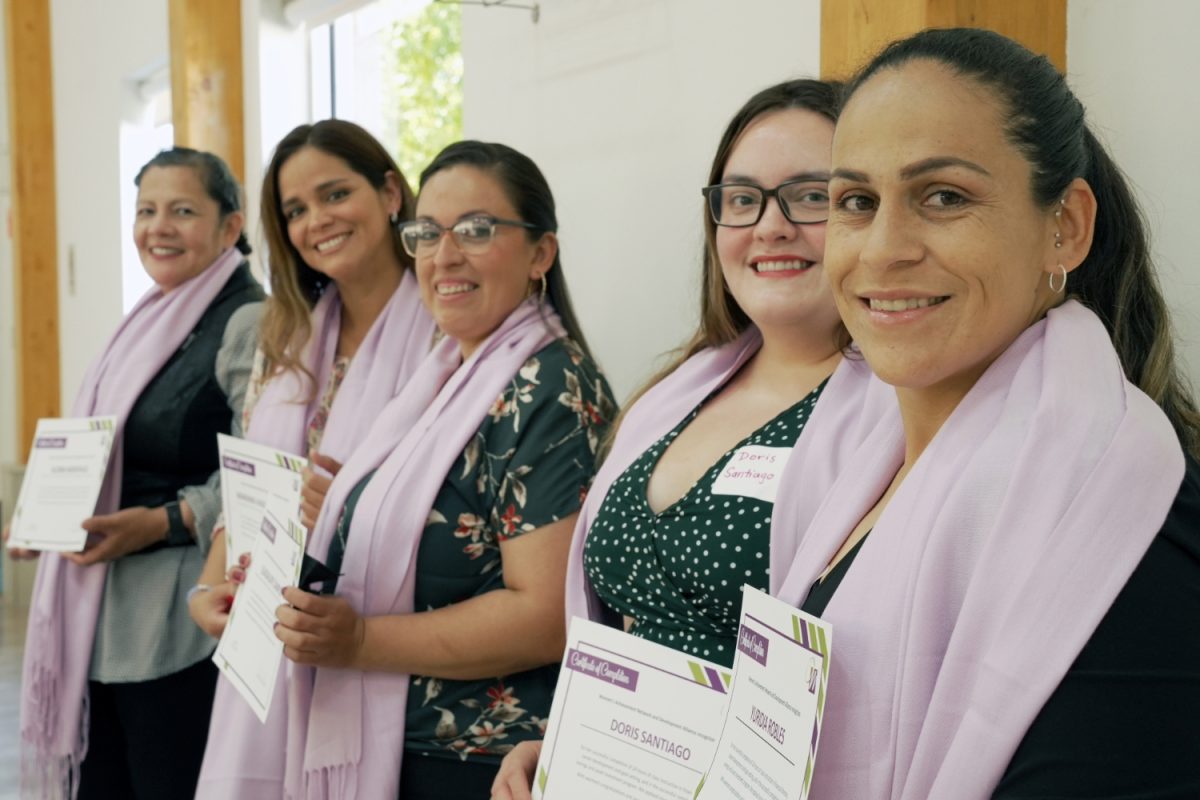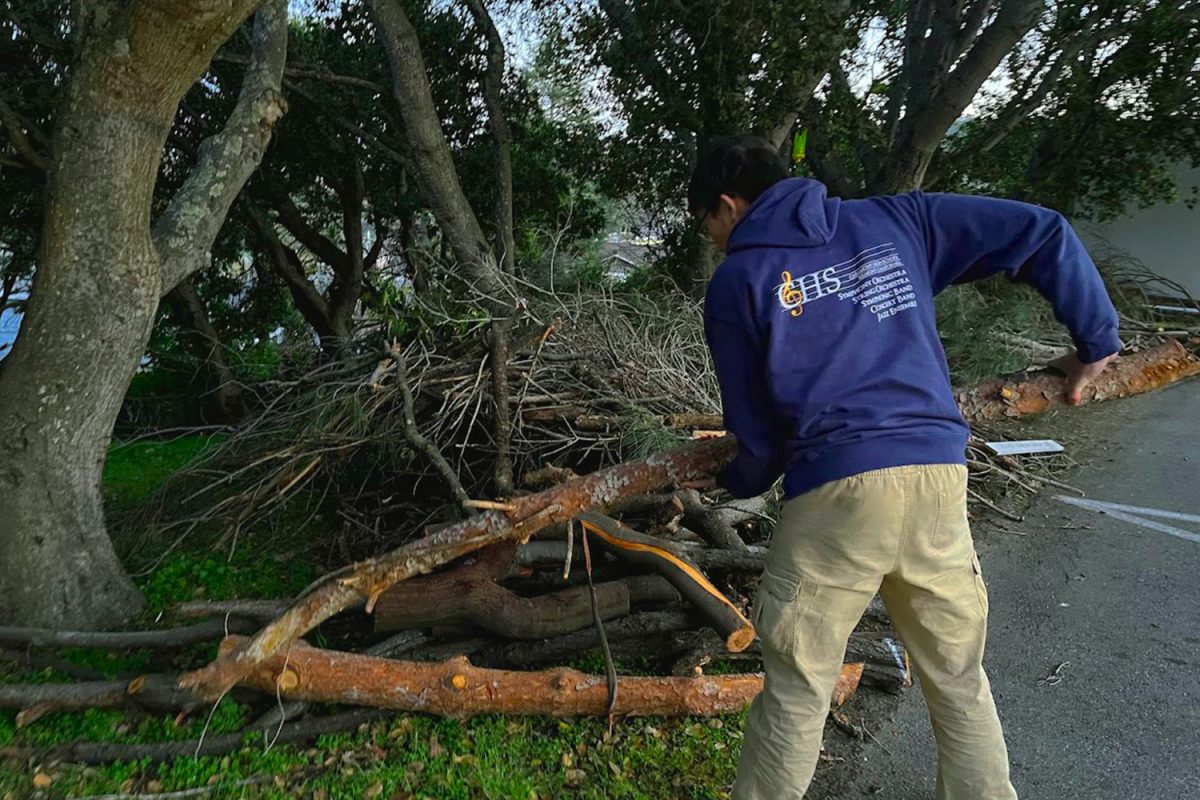A quartet of infectious diseases — COVID-19, influenza, respiratory syncytial virus (RSV), and norovirus — have spread nationwide in especially high numbers this winter.
According to the U.S. Centers for Disease Control and Prevention (CDC), there have been at least 5.3 million illnesses, 63,000 hospitalizations, and 2,700 deaths from influenza alone this season as of Dec. 28.
“It’s been strange this winter; I noticed that a lot of my friends and family were sick, which is something I haven’t seen in the past. When we returned from break, a lot of people were out sick or were getting sick as the days went on,” said Alexander Su, a sophomore at Carlmont.
Since the COVID-19 pandemic started in 2020, the coronavirus, influenza, and RSV have been expected each winter. However, this season has been especially severe with the outbreak of the norovirus, which is commonly associated with the stomach flu. As of Jan. 14, norovirus numbers have reached more than double what they were last year.
According to the Cleveland Clinic, after the first norovirus outbreak in 1968 at a school in Norwalk, Ohio, it has become the most significant cause of foodborne illness in the United States.
With no current vaccine for the norovirus, the Massachusetts-based biotechnology company Moderna is leading the pack with their vaccine going into a Phase 3 Clinical Trial, which evaluates the vaccine’s safety and compares it to pre-existing treatments.
The other three viruses of the “quad-demic,” as many experts dubbed it, all have approved vaccines. The influenza vaccine is available to the general public and now targets three strains of the virus instead of the previous four. This is due to the B/Yamagata strain of influenza declining so much that there has not been a confirmed case since the spring of 2020. The RSV vaccine is given to infants or their mothers during pregnancy and adults who are 60 or older. The U.S. Food and Drug Administration approved the COVID-19 vaccine for everyone 12 or older and has given it emergency use authorization for infants and children from six months to 11 years old.
While it is clear that respiratory illness cases skyrocket during colder months, breaking down its causes is a much more complex issue.
“There are several theories for why we see such a spike in the winter. People tend to spend more time inside and gather for holiday parties, which increases the risk of infection transmission,” said Dave Hiroshima, a family medicine physician.
Other causes associated with the winter surge relate to cold and warm environments.
“The body’s physiological response to cold air is to produce more nasal mucus. This typically leads to more touching of the nose and face, which facilitates the spread of viruses. On the other hand, staying indoors exposes people to warm, dry air from heaters. This dries out the lining of the nose and makes it more susceptible to infection,” Hiroshima said.
While many factors make one more likely to develop a respiratory illness in the winter, there are ways to protect against it. Hiroshima explained that the primary way to combat these illnesses is through vaccinations. They start going into service as early as August. Still, doctors recommend getting the vaccine in October to stay protected until May, which is the typical duration of the flu season.
Traveling is incredibly popular during the winter holidays, with the American Automobile Association estimating that 119 million Americans would travel more than 50 miles away from their homes last December.
“Travel is another risk factor, not only because you are in close quarters with people from other places, but also because of stress. Traveling tends to be a stressful process, and cortisol is released when the body is stressed, which often impairs one’s immune response after a stressful event,” Hiroshima said.
Alan Goldberg, a sophomore at Carlmont, noted the impact stress had on him this winter.
“Due to the stress of finals, I was only getting around six hours of sleep per night in the week coming up to winter break, and that, combined with my daily wrestling practices (a contact-heavy sport), was a great combination to make me sick,” Goldberg said.
Lifestyle factors often correlate with a higher or lower likelihood of catching a respiratory illness in the winter.
“The main ways we aim to combat these illnesses are through frequent hand washing, minimizing touching the nose and face, and getting a flu vaccine. When you’re sick, especially in the first few days, you should stay home. We do not have definitive evidence that nutritional supplements work, but I don’t think it hurts to have reasonable doses of supplemental vitamin C, D, and zinc in the winter,” Hiroshima said.
Statistics from March 2024 found that only 78.5% of adults in the United States wash their hands regularly, with only 58% doing so globally. According to the CDC, handwashing with soap for at least 20 seconds reduces the risk of respiratory illness by 16-21% for the general population. Furthermore, effective handwashing is the only way to properly kill norovirus since hand sanitizer doesn’t kill the relatively tolerant virus.
The Annals of Global Health found that, on average, people touch their T-zone (eyes, nose, mouth, and chin) almost 69 times every hour. When one has come into contact with a virus like the coronavirus, touching this area is an easy way to innoculate oneself.
The Mayo Clinic also noted the link between chronic sleep deprivation and one’s likelihood of catching an infectious disease. During sleep, the human immune system releases cytokines, a class of proteins that can help improve sleep but are also needed in higher numbers to fight off infection or when dealing with stress. When one suffers from repeated sleep deprivation, the number of cytokines may be reduced, in addition to infection-fighting cells and antibodies being released less. To stay healthy, The National Sleep Foundation recommends that teenagers (13 to 18 years of age) get eight to 10 hours of sleep per night, while adults get seven to nine hours.
On the topic of public awareness about the mechanisms of infectious diseases, Hiroshima commented on the result of the COVID-19 pandemic.
“I think people became much more educated on the principles of viral biology. For example, they learned that you can be highly contagious even a day before you manifest symptoms. Some people can carry the virus but be asymptomatic, which made people realize that they could get a virus from someone who doesn’t even seem to be sick,” Hiroshima said.


